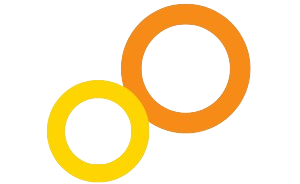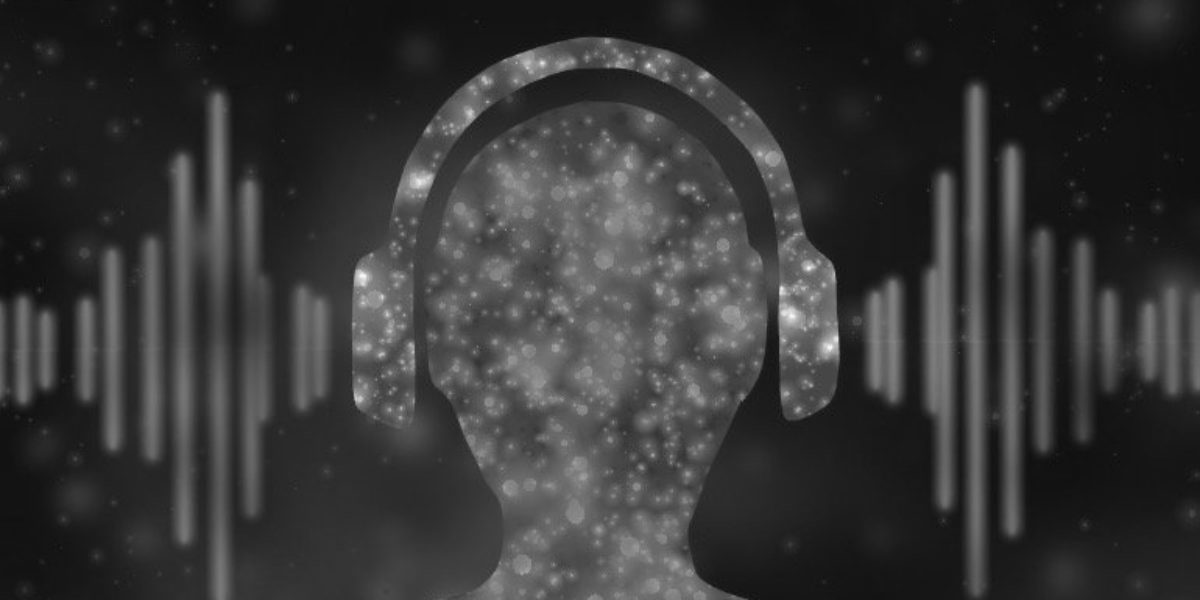Athletes, musicians, and other top performing people talk about being in the state of “flow” as an ideal mental state. It’s likely that you have personally experienced some level of flow at some point, either in your personal life or in your work. There is even a subset within the study of positive psychology that promotes “being in flow” as an optimal experience and a signifier of a good life (Nakamura & Csikszentmihalyi).
What does it mean to be “in flow?” For some it is the feeling of being in complete and total focus, often said to be “in the zone.” Csikszentmihalyi had a better definition in the first edition of his book Flow in 1990, however. He called it “intense experiential involvement in moment-to-moment activity that can only be achieved on the basis of an individual’s personal effort and creativity.”
In our always-on, interruptive world people struggle to reach this desired flow state, so we’re going to explore some modern technology-based solutions that claim to help people reach optimum flow. Part of the success of these technological solutions is based on how well they help humans meet each of the 9 conditions required to be in flow: challenges or opportunities that stretch existing skills, clear goals, immediate feedback on progress, intense and focused concentration on a task being completed in the moment, a merger of action and awareness, lack of self-consciousness, a sense of control over your actions, a sense of rapidly passing time, and a view that the activity is its own intrinsic reward (Nakamura & Csikszentmihalyi).
Applications That Hone Your To-Do-List
Technological solutions take several paths in the quest for flow state. One category of application designed to help with this focuses on an individual’s to-do list on a granular level. Let’s explore one such product is Slash, as an example of how these work. Slash is a tool that ingests your to-do list and forces you to focus on one task at a time. While it may help individuals get more done over all, in my opinion Slash fails to meet the requirements of achieving flow. Why? Because it is so complex and requires more effort to set up than it saves in time or focus.
Slash, like other to-do list tools, requires multiple steps and significant brain power before the user can even get started on their work and enter a flow state, then it requires regular upkeep. Users must enter their tasks, sort and prioritize their tasks according to the Eisenhower Matrix, decide how long to customize their “flow session,” and more. Additionally, the user interface looks like an analytics dashboard, overloaded with extra information that will distract someone trying to reach flow. This tool did not meet the criteria of intrinsic reward, rapidly passing time, or a lack of self-consciousness. It did, however, meet the criteria of immediate feedback and a sense of control over the user’s actions. This app may not get the user into flow but it is useful for ensuring an entire to-do list is prioritized and completed. If you’ve found a to-do list focused tool that helps you get into flow state, drop it in the comments – we’d love to know about it.
Applications That Narrow Your Focus
Applications that narrowed the focus of the user were a better tool for reaching flow. For brevity, we’ll focus on one such application: Forest. Forest creates a simple path to flow by seamlessly allowing you to narrow your focus. It does this by blocking distracting websites with one click. Since Forest works in your browser and on your phone, you can seamlessly keep your focus even if you have to switch devices due to battery decline or other issues. Perhaps the most interesting aspect of Forest is the visual reward it gives users for staying in focus: when you start a Forest session you “plant a seed” and as your session continues, your seed grows into a tree. It’s a simple, non-distracting way to show progress while still keeping your mind on the task at hand.
Forest app meets the most important criteria for flow state: intense and focused concentration on a task being completed in the moment, a merger of action and awareness, lack of self-consciousness, a sense of control over your actions, a sense of rapidly passing time, and a view that the activity you’re working on is its own intrinsic reward. Where it falls short is in feedback – Forest app does not have deep analytics about a user’s session. Have an app like Forest that works better for you? Drop it in the comments!
Alternative Techniques for Flow
While there are applications for several popular flow techniques, some users respond better to an analog approach. One such approach is the Pomodoro method, in which you work in 25-minute increments with a 5-minute break between. For some, this is not enough time for a true flow state; however, users can increase the time to a block that works for them, such as 90 minutes of focus with 10 minutes of break time. If technology is needed, there are multiple applications available that offer a Pomodoro timer to help with this method. The idea is that eliminating distraction for short bursts of activity will increase not only flow but also task completion.
Meditation just before attempting to enter a flow state is another technique that works well. As with the Pomodoro method, there are applications for meditation to help if you are not comfortable meditating on your own. Many of these applications have a fee or subscription model, which can be a barrier to entry for some, but Insight Timer is one of several apps that have a fairly functional free tier that can get most users started.
One last solution has to do with training your brain: Binaural Beats. These binaural beats effectively mimic an isolation chamber by using sound frequencies and can be used to train your brain to associate flow with certain sounds. Simply start the music (with headphones for best effect) at the same time you start the task during which you wish to reach flow. Like Pavlov found with his experiments, this will increase attentional focus (Colzato).
Conclusion
A single piece of technology alone is unlikely to get you into a state of flow. However, combining several techniques and technologies to create new habits incrementally has a high likelihood of helping you reach flow consistently. For example, meditating before beginning work alerts the brain that it is almost time to focus. Utilizing the Forest application eliminates distractions and makes focus easier, especially if the user also uses binaural beats to keep their brain trained onto a task. In effect, reaching a state of flow can become a habit.
Sources
de Leeuw, R. d. L., & Buijzen, M. (2016). Introducing Positive Media Psychology to the Field of Children, Adolescents, and Media. Journal of Children and Media, 10 (1), 39-46.
Fredrickson, B. L. (2001). The Role of Positive Emotions in Positive Psychology. American Psychologist, 56(3), 218-226.
Gregory, E. M. (2008). Understanding Video Gaming’s Engagement. Media Psychology Review, 1 (1), from http://mprcenter.org/review/gregory-video-game-engagement/.
Nakamura, J., & Csikszentmihalyi, M. (2005). The Concept of Flow. In C. R. Snyder & S. J. Lopez (Eds.), Handbook of Positive Psychology (pp. 89-105). Oxford: Oxford University Press.
Rutledge, P. (in press). Positive Media Psychology. In J. Van den Buick (Ed.), The International Encyclopedia of Media Psychology. New York: Wiley-Blackwell.
Oliver, M. B., Raney, A. A., Slater, M. D., Appel, M., Hartmann, T., Bartsch, A., et al. (2018). Self-Transcendent Media Experiences: Taking Meaningful Media to a Higher Level. Journal of Communication, 68(2), 380-389.
Peterson, C., Ruch, W., Beermann, U., Park, N., & Seligman, M. E. (2007). Strengths of Character, Orientations to Happiness, and Life Satisfaction. The Journal of Positive Psychology, 2(3), 149-156.
Seligman, M. E. P., & Csikszentmihalyi, M. (2000). Positive Psychology: An Introduction. American Psychologist, 55, 5-14.
Prinstein, M. (2017) How our childhood popularity affects us as adults. Coursera and UNC MOOC. (video) https://www.youtube.com/watch?v=VRLbKDCErzU
Colzato, L. S., Barone, H., Sellaro, R., & Hommel, B. (2017). More attentional focusing through binaural beats: Evidence from the global-local task. Psychological Research, 81(1), 271-277. doi:http://dx.doi.org.fgul.idm.oclc.org/10.1007/s00426-015-0727-0
Csikszentmihalyi, M. (1990) Flow: The Psychology of Optimal Experience. Harper.
image: mindvalley




